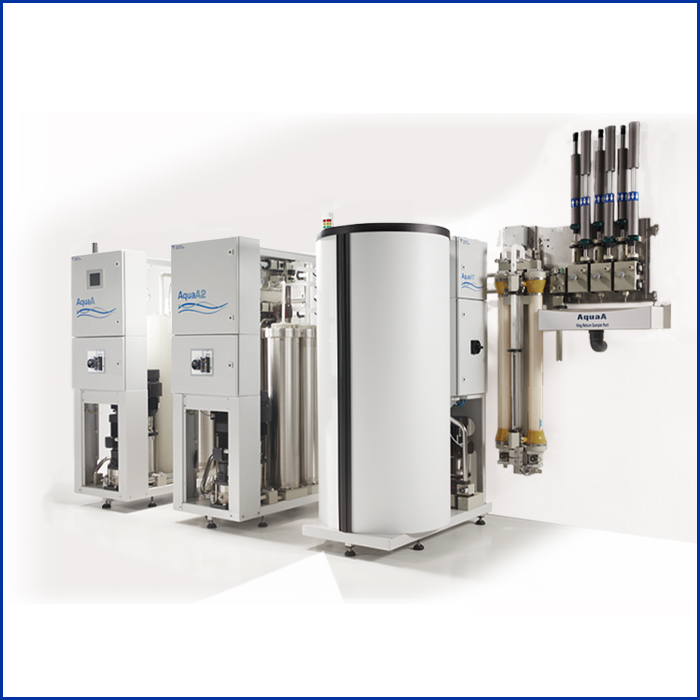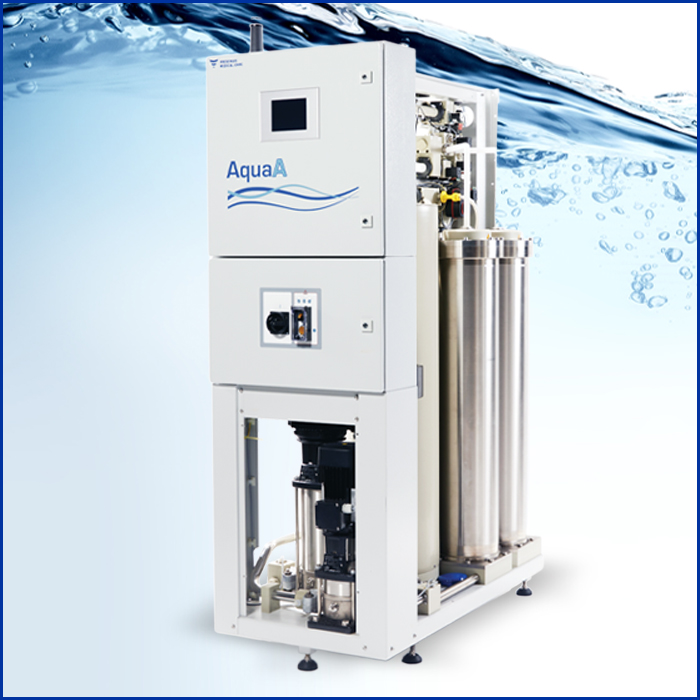Rapidly Solving Complex Problems
Can a large health care organization tackle a complex issue more quickly and successfully by assembling a "tiger team" of experts? Fresenius Medical Care North America (FMCNA) modeled this approach to look at the many issues surrounding hyperphosphatemia. In late 2018, a diverse group of subject matter specialists spent four days together exploring a wide range of treatment alternatives and recommendations. Through intense focus and open collaboration, this newly formed team was able to design a specific list of recommendations for Fresenius Kidney Care clinics to optimize phosphate binder selection and patient adherence to treatment.
Hyperphosphatemia is associated with increased morbidity and mortality in the end stage renal disease (ESRD) population (Figure 1). In addition to the modest removal of phosphorus via dialysis, the therapeutic approach to hyperphosphatemia includes dietary phosphorus restriction and the prescription of phosphate binders.
FIGURE 1 | Hyperphosphatemia is associated with poor outcomes
Source: Block GA et al. J Am Soc Nephrol 2004:15(8):2208-18
Recently, in the face of scientific evidence demonstrating an association between calcium-based binder use and poor outcomes, the global organization Kidney Disease: Improving Global Outcomes (KDIGO) updated its related clinical practice guideline by stating the dose of calcium-based binders should be restricted in both ESRD and late-stage chronic kidney disease patients.1 Today, there are four non-calcium-based binders available for use.
Availability of non-calcium-based binders alone is not sufficient. Medication adherence is a challenge for patients, especially given the large number of pills they are expected to take each day to manage their comorbid conditions. Patients face many barriers to phosphate binder adherence, including out-of-pocket expense, gastrointestinal (GI) side effects, and the growing body of evidence supporting the fact that pill burden plays a detrimental role to medication adherence.2,3 Unfortunately, hyperphosphatemia is a persistent problem for many patients with ESRD.
How does a large organization tackle a complex problem like hyperphosphatemia and treatment adherence in a short period of time? Every type of health care organization, including dialysis services organizations, is experiencing significant market changes. Concurrently, the dialysis industry is grappling with additional challenges that are altering business-as-usual practices, such as the shift from fee-for-service to fee-for-value, and the transition of patient volume and revenue from acute care to home and in-center hemodialysis clinic endpoints. Given the uncertainty and rapid change in the dialysis services space, along with FMCNA's desire to enhance the value provided to patients, a more proactive and nimble approach to solving the problems faced by the organization is necessary. One approach is to employ a "tiger team."
A tiger team is a diverse group of subject matter experts assembled to rapidly solve a problem. The technique has been around for years, but it was perhaps best exemplified by NASA's rapid response to the Apollo 13 disaster in 1970.5 Fifty-six hours after it launched, an explosion in the service module put the lives of the three Apollo 13 astronauts in jeopardy. NASA quickly assembled a team of experts to focus on solving the complexities necessary to ensure the safe return of the astronauts. Assembling this team of experts, permitting them to focus solely on the problem at hand, and providing them with the support they needed allowed that team to succeed—leading many to call the event NASA's finest hour.
The tiger team process requires the alignment of tenacious subject matter experts to quickly solve the organizational problem that is posed. While tiger teams are typically created to solve technical problems, they can be formed to develop solutions in any industry. Teamwork is a crucial element of the process. Tiger team participants must have the ability to collaborate, share ideas openly, and solve problems together so they maximize the combined power of their skill sets.
The tiger team assembled in Nashville in late 2018 was tasked by executive leadership with solving the clinical problem of phosphorus control by creating new ideas, spanning organizational boundaries, and optimizing critical decision making (Figure 2).
FIGURE 2 | Tiger Team Process
A diverse group of subject matter experts was recruited, their schedules cleared, and the team assembled in a large conference room. With egos and titles checked at the door, over the span of four days, the team brainstormed ideas, discussed options, and analyzed how to assist the local care team with optimization of binder selection for all Fresenius Kidney Care dialysis patients. To address the challenge, the tiger team designed the Binder Optimization Program (BOP).
The tiger team accomplished several things during the face-to-face meeting, including:
- Established and prioritized six clinical scenarios
- Generated updates to existing reports received by Fresenius Kidney Care
- Designed a BOP assessment form for eCube and made updates to several existing eCube assessments
- Established an oversight structure to provide national support for the program
- Developed a series of key performance indicators (KPI) for the program
- Drafted an agreement between Fresenius Kidney Care and FreseniusRx to support the program
The week following the tiger team's engagement, the BOP was rolled out to all Fresenius Kidney Care centers nationally.
The BOP included the generation of recommendations based on the KDIGO update and a final recommendation generated in consultation with each patient's registered dietitian, to ensure appropriate consideration of well-established barriers to phosphorus control. Every other week, each clinic received a list of patients, prioritized according to six clinical scenarios. The BOP recommendations were brought to the local care team's attention, providing the care team with a useful tool as they strived to control the patient's phosphorus.
By design, this team was not shackled by a formal agenda or a predetermined set of requirements. The intent was to function as an agile team, recognizing this might be uncomfortable for some of the participants. The tiger team quickly and openly identified challenges, which they solved with open minds. The camaraderie of the team exceeded expectations, particularly given the fact that many did not know each other well prior to the meeting. A common interest in solving the problem laid the groundwork for successful collaboration. Socializing together as a team after hours served to strengthen the collaborative spirit.
Is the solution perfect? No, it is not. The basis of the team's effectiveness is motivated by the problem at hand and the commitment to solve it. Also, the commitment of the team enabled trust, reconciliation of differing opinions, compromise, accountability, and alignment around the goals. One of the principal tenets of the tiger team was speed. It was tasked with the creation and deployment of a solution within one week of meeting. As the program was constructed, the team recognized the solution would be an iterative process. It would not allow "perfect" to be the enemy of good. As a result of this collaboration, the team has armed Fresenius Kidney Care's local care teams with a tool that will support the goal of improving the quality of life of every patient, every day.
Employing the tiger team concept provides several advantages. By assembling subject matter experts from diverse areas within the company, the collective intelligence of the group can be harnessed. Bringing that team together in the same physical location enriches the collaboration. And clearing everyone's schedules permits the group to compress the time to solution. Imagine trying to accomplish this by scheduling recurring one-hour conference calls with such a diverse team. The interval between calls could create inefficiencies as participants "cycle back up" and review what was accomplished during the last call. And without having met face to face, the team members might not respond as well to others' ideas.
In summary, tiger teams are agile, expert problem-solving teams. The diversity of the team members allows the problem to be viewed from different perspectives. The teamwork goal is the synergistic combination of talent. Participants build on the ideas of others. Conflict and differing opinions allow diverse skill sets to be applied in a mutually supportive fashion. As a result, the whole is greater than the sum of the parts. It is communication, collaboration, and coordination at its best.
As an organization, FMCNA learned quite a bit about the process with the first tiger team effort—and, like the BOP, the first team was not perfect. The process is a learning experience and will improve in an iterative fashion as future tiger team opportunities present themselves. Critically, the process is not suited to solve all problems. It's an expensive undertaking to assemble the talent and take them off-line for a few days. But when important and complex problems need a solution, the tiger team approach may be a valuable option.
Meet Our Experts
KATHLEEN BELMONTE, MS, RN, FNP-BC, MBA
Vice President of Clinical Services, Fresenius Kidney Care
Kathleen Belmonte brings 20 years of healthcare experience to her role in leading clinical services for FMCNA's kidney care division. She is the former chief operating officer for Immediate Care, LLC and served in senior executive roles in the diabetes medical supply and pharmaceutical space. A certified family nurse practitioner and diabetes educator, she holds a master of business administration from Babson College.
TERRY KETCHERSID, MD, MBA
Senior Vice President, Chief Medical Officer, Integrated Care Group, Fresenius Medical Care
Terry Ketchersid has clinical oversight of FMCNA's Integrated Care Group, which includes value based care and pharmacy initiatives. He received his bachelor's degree in chemistry from Austin College, his executive master of business administration from Duke University's Fuqua School of Business, and his doctor of medicine degree from the University of Texas Southwestern Medical School.
References
- Kidney Disease: Improving Global Outcomes (KDIGO) CKD-MBD Work Group. KDIGO clinical practice guideline for the diagnosis, evaluation, prevention, and treatment of chronic kidney disease-mineral and bone disorder (CKD-MBD). Kidney Int Suppl 2009 Aug(113):S1-130.
- Chiu Y, Teitelbaum I, Misra M, et al. Pill burden, adherence, hyperphosphatemia, and quality of life in maintenance dialysis patients. Clin J Am Soc Nephrol 2009 Jun;4(6):1089-96.
- Fissell RB, Karaboyas A, Bieber BA, et al. Phosphate binder pill burden, patient-reported non-adherence, and mineral bone disorder markers: findings from the DOPPS. Hemodial Int 2016 Jan;20(1):38-49.
- Coyne DW, Ficociello LH, Parameswaran V, et al. Real-world effectiveness of sucroferric oxyhydroxide in patients on chronic hemodialysis: A retrospective analysis of pharmacy data. Clin Nephrol 2017;88:59-67.
- Howell, E. Apollo 13: facts about NASA's near-disaster. Space, Oct. 10, 2017. https://www.space.com/17250-apollo-13-facts.html.





